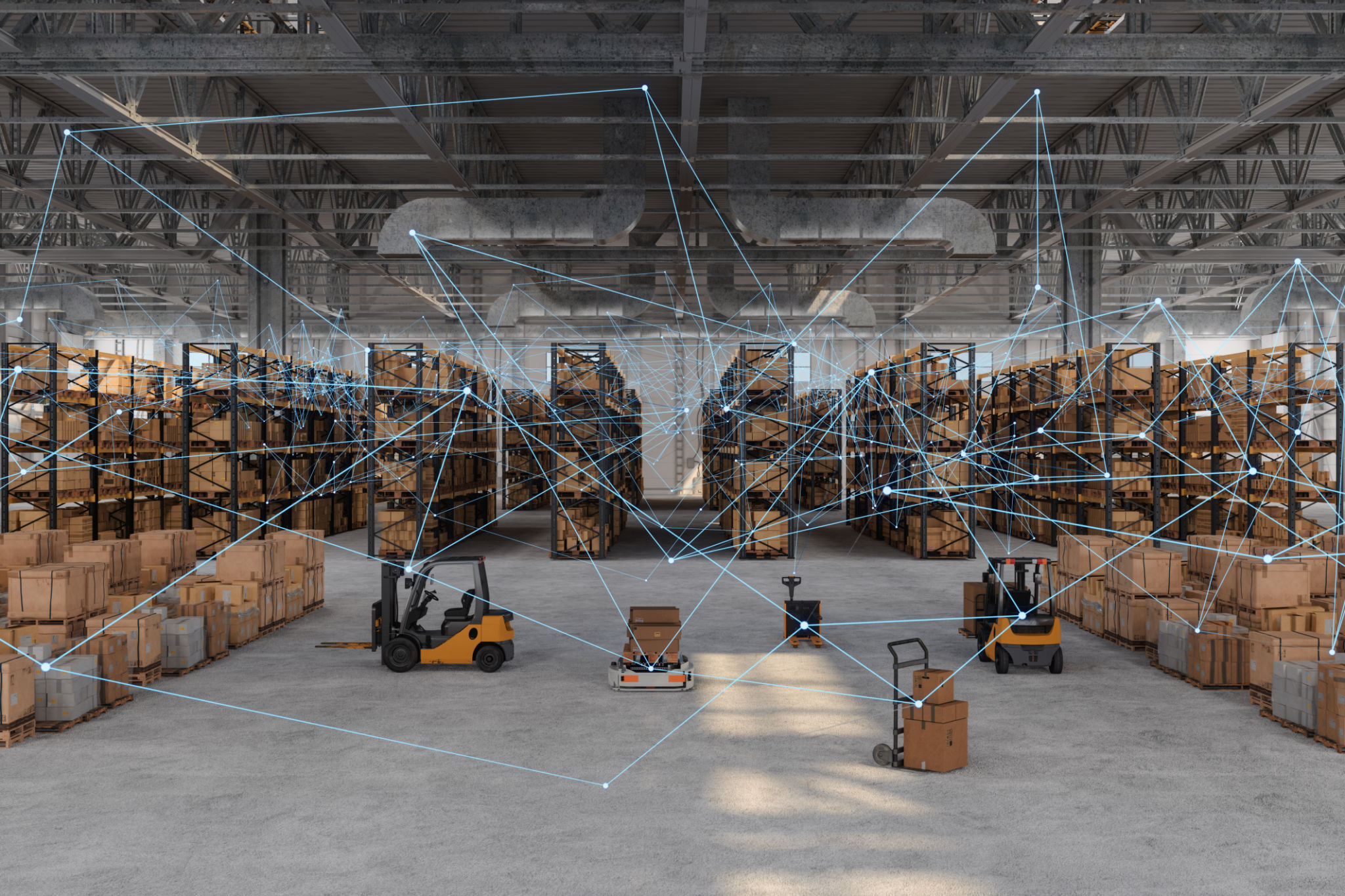Emerging Trends in Parcel Auditing: What Businesses Need to Know
Understanding Parcel Auditing
In today's fast-paced business environment, companies are constantly looking for ways to optimize their operations and reduce costs. One area that has gained significant attention is parcel auditing. As shipping costs continue to rise, businesses are seeking solutions to ensure they are not overpaying for parcel delivery services. Parcel auditing involves reviewing shipping invoices and data to identify errors, recover overcharges, and improve future shipping practices.
Parcel auditing has become more than just a cost-saving measure; it's a strategic tool that can enhance a company's logistics and supply chain efficiency. By understanding the nuances of parcel auditing, businesses can make informed decisions that positively impact their bottom line.

Automation in Parcel Auditing
One of the most significant emerging trends in parcel auditing is the use of automation. Automation tools have revolutionized the way businesses conduct audits by streamlining the process and increasing accuracy. These tools can quickly analyze vast amounts of data, identify discrepancies, and generate reports on potential savings.
Automated systems can track shipments in real-time, providing insights into delivery times and potential delays. By leveraging automation, companies can not only recover overcharges but also optimize their shipping strategies for better efficiency.
Benefits of Automation
- Increased Accuracy: Automated systems reduce human error, ensuring that all discrepancies are identified.
- Time Efficiency: Automation speeds up the auditing process, allowing businesses to focus on other critical areas.
- Cost Savings: By recovering overcharges and optimizing shipping practices, companies can significantly reduce costs.

Data Analytics and Insights
The integration of data analytics into parcel auditing is another trend that is gaining traction. With advanced analytics, businesses can gain deeper insights into their shipping data, revealing patterns and trends that were previously unnoticed. This information can be used to negotiate better rates with carriers and improve overall logistics strategies.
Data analytics tools can also provide predictive insights, allowing companies to anticipate shipping costs and adjust their budgets accordingly. This proactive approach helps in avoiding unexpected expenses and ensures smooth operation of supply chain activities.
The Role of Predictive Analytics
Predictive analytics uses historical data to forecast future shipping trends. By analyzing past shipments, companies can anticipate peak periods and adjust their logistics strategies to accommodate increased demand. This foresight helps businesses maintain service levels without incurring unnecessary expenses.

Sustainability in Shipping
As environmental concerns continue to rise, sustainability has become a crucial consideration in parcel auditing. Businesses are increasingly looking for ways to reduce their carbon footprint through efficient shipping practices. Parcel auditing can help identify opportunities for more sustainable operations by highlighting areas where waste can be minimized.
Many companies are now opting for eco-friendly shipping options and using parcel auditing to track the impact of these initiatives. By monitoring emissions and resource usage, businesses can make informed decisions that contribute to a greener future.
Implementing Sustainable Practices
- Optimize Packaging: Use packaging materials that are sustainable and minimize waste.
- Choose Green Carriers: Partner with carriers that prioritize eco-friendly practices.
- Monitor Emissions: Use parcel auditing to track and reduce carbon emissions from shipping activities.

In conclusion, the landscape of parcel auditing is evolving rapidly with advancements in technology and a growing emphasis on sustainability. Businesses that stay ahead of these trends will not only achieve cost savings but also enhance their operational efficiency and environmental responsibility. By leveraging automation, data analytics, and sustainable practices, companies can optimize their shipping strategies and drive long-term success.
